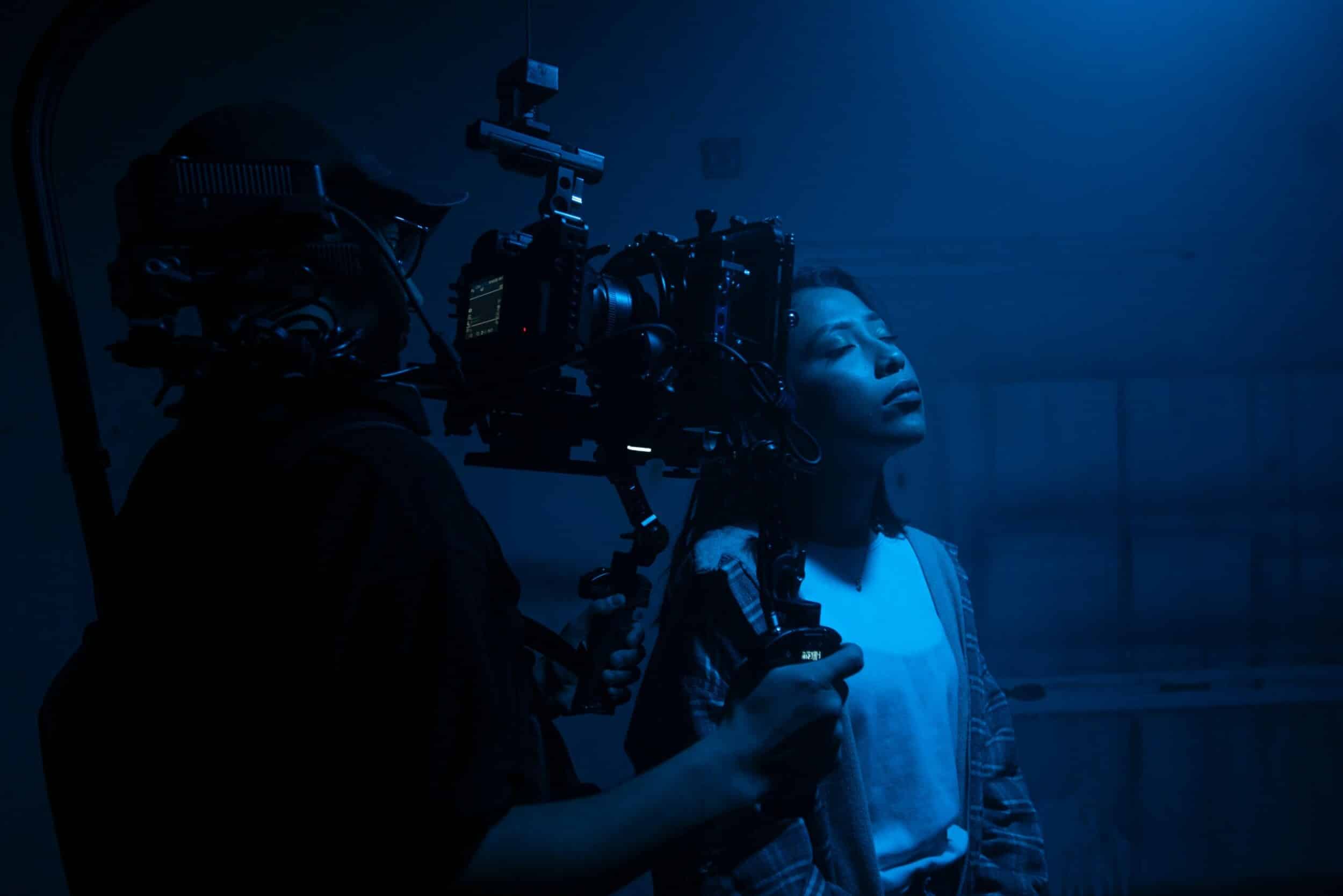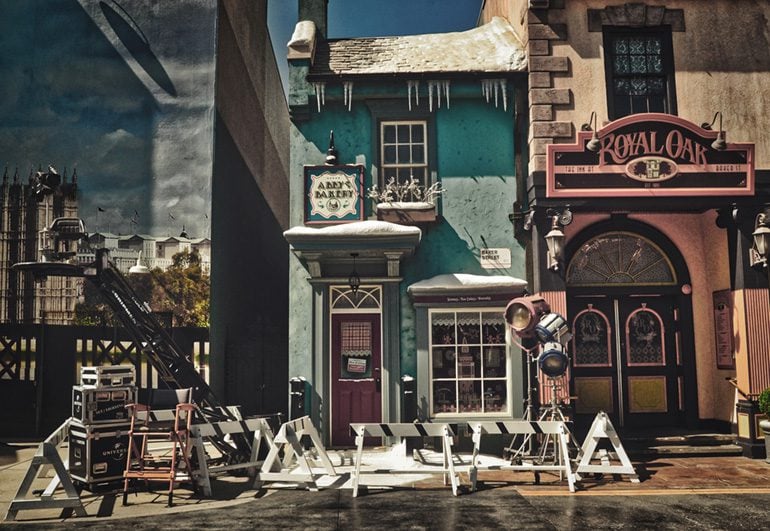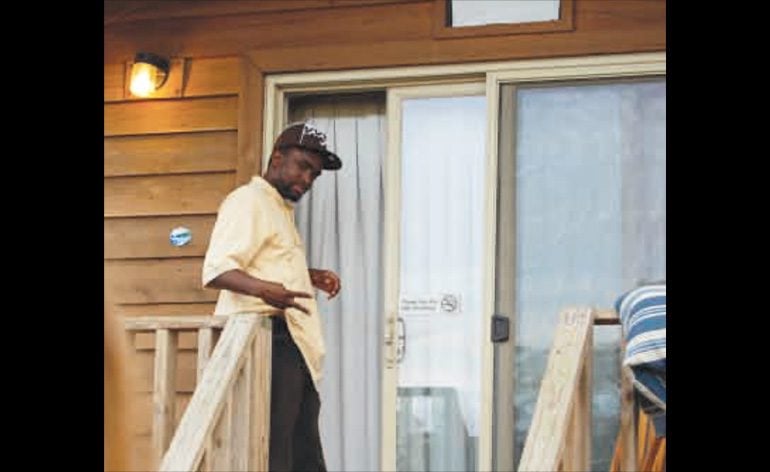Above Photo by Joshua Gandara. Visit cromaticafilms.com. IG @joshgand
There are many benefits to practicing camerawork every day. You improve your technical skills. Practicing camerawork will help you to become more proficient in the technical aspects of filmmaking; such as framing, lighting, and camera movement. You enhance your creativity. Practicing camerawork will help to sharpen your creative vision. It will help you to develop an eye for composition and to become more assertive in making creative decisions. You increase your confidence. With more practice, you’ll become more comfortable and assured in your ability to make the shots you want. You improve your communication. Practicing camerawork will help you to communicate your ideas and your vision. You get better at storytelling. Practicing camerawork will help you to tell better stories. You’ll be able to create shots that are visually compelling and that best convey the story you’re trying to tell.
So, get your camera out and practice these eight types of camera shots.
1. Close-Up Shot
A close-up shot is a type of camera shot that shows a person or object in detail. It is a shot that is taken from a close distance to the subject, usually within a few feet. Close-up shots are often used to highlight a particular expression or emotion, draw attention to a certain detail, or to give the audience an intimate view of the subject.
2. Extreme Close-Up Shot
An extreme close-up shot is a type of shot in which the camera zooms in extremely close to the subject, often filling the frame with just a part of the subject. This type of shot is used to emphasize the details of the subject or to create a dramatic effect.
3. Medium Close-Up Shot
A medium close-up shot is a film and television camera angle that shows the subject from a medium distance, usually from the chest up. It is usually used to capture facial expressions and body language in order to convey emotion or create a certain mood.
4. Medium Shot
A medium shot (or mid shot) is a camera shot that is framed from the waist or chest up. It can be used to capture a character or characters in the context of the scene, or to emphasize the physicality of the action. It is often used to establish a sense of intimacy or to draw focus to certain characters.
5. Long Shot
A long shot, also known as a wide shot, is a filmmaking technique that shows a large area or the entire body of a character. It is usually used to establish a scene or to give a sense of the environment. This type of shot is often used to emphasize the grandeur or enormity of a place, or to show the relationship between two characters.
6. Extreme Long Shot
An extreme long shot in filmmaking is a shot taken from a very far distance, usually showing a wide landscape, cityscape, or the entire set. This shot creates a sense of grand scale, and is used to set the context and atmosphere of a scene.
7. Point-of-View Shot
A Point-of-View (POV) Shot is a type of shot in filmmaking that shows the audience what a character is seeing or experiencing. It is used to put the viewer in the perspective of the character, as if they were in the scene themselves. POV shots are also used to emphasize a particular emotion or experience.
8. Tracking Shot
A tracking shot is a shot in film and television production that moves parallel to or alongside its subject. It is often used to follow a subject that is moving, such as an actor walking or running. Tracking shots are usually done with a camera mounted on a dolly, a wheeled platform that can be moved to follow a subject. The camera is then pushed along the dolly track to keep up with the subject. Other camera gear that can be used instead of dollies in filmmaking include jibs, sliders, handheld gimbals, and steadycam rigs.
“With the rapid application of the changing technologies, we are all students.”
Jody Michelle Solis serves as Publisher and Editor-in-Chief of StudentFilmmakers Magazine (www.studentfilmmakers.com), HD Pro Guide Magazine (www.hdproguide.com), and Sports Video Tech Magazine (www.sportsvideotech.com).






